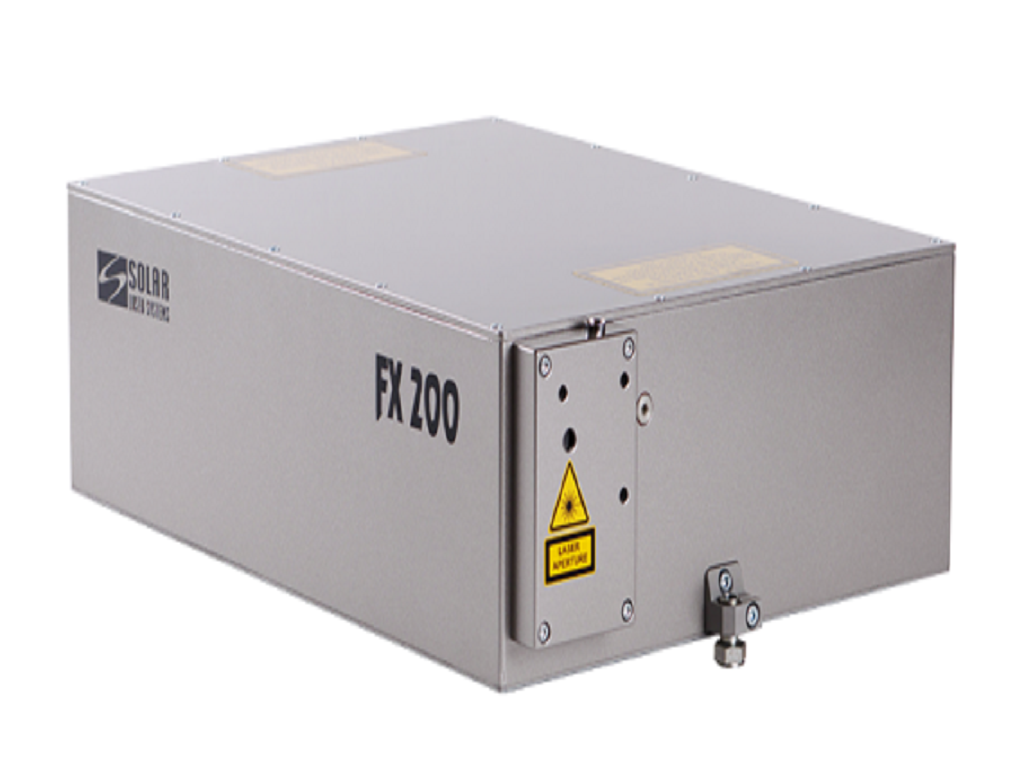The most important types of ultrafast lasers (without amplifiers) are briefly listed in the following: -Titanium–sapphire lasers,- can generate the shortest pulses with durations down to approximately 5 fs. Their average output power of typically hundreds of milliwatts, combined with a pulse repetition rate of e.g. 80 MHz and a pulse duration of some tens of femtoseconds or shorter, leads to an enormous peak power. -mode-locked diode-pumped bulk lasers, based on, e.g., ytterbium-doped (crystals or glasses) or chromium-doped laser crystals. They are often passively mode-locked with a SESAM, a semiconductor saturable absorber. Although the pulse durations are not as short as those possible with Ti:sapphire lasers, there are diode-pumped ultrafast lasers covering wide parameter regions in terms of pulse duration, pulse repetition rate, and average power. -Fiber lasers based on rare-earth-doped glass fibers can also be passively mode-locked, e.g. using nonlinear polarization rotation or a SESAM. -Mode-locked dye lasers are still sometimes used, particularly as tunable lasers in unusual wavelength regions. However, they have mostly been replaced with solid-state lasers. -Mode-locked diode lasers can either be monolithic devices or external-cavity diode lasers, and may be actively, passively or hybrid mode-locked. Typically, mode-locked diode lasers operate at high (multi-gigahertz) pulse repetition rates with moderate pulse energy, and are used in optical fiber communications.
Phone
+91-9310249352 / +91-8605504814
+91-9310249352 / +91-8605504814
Ultrafast Laser Systems

